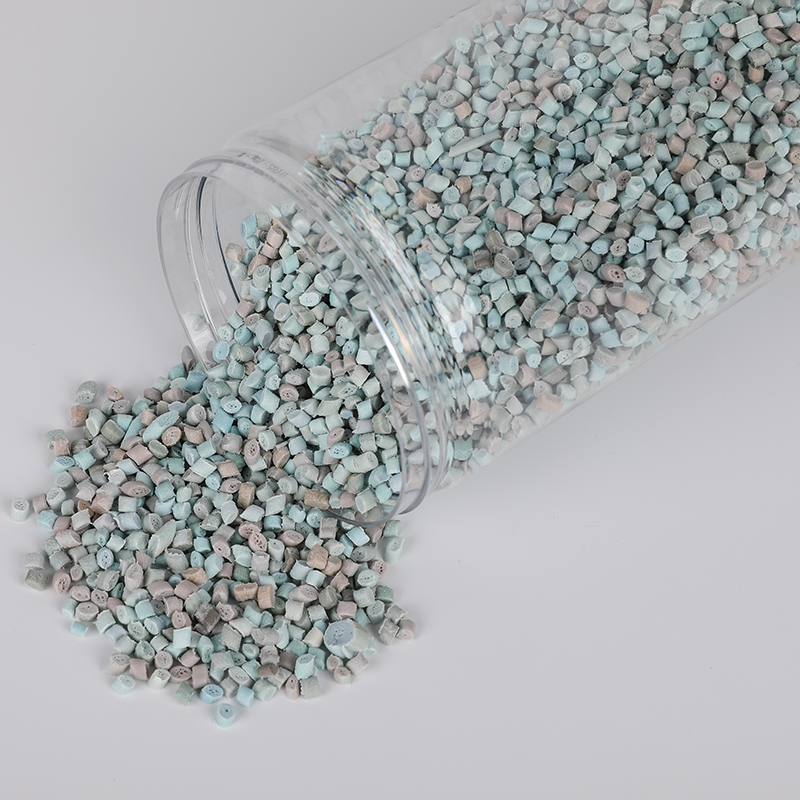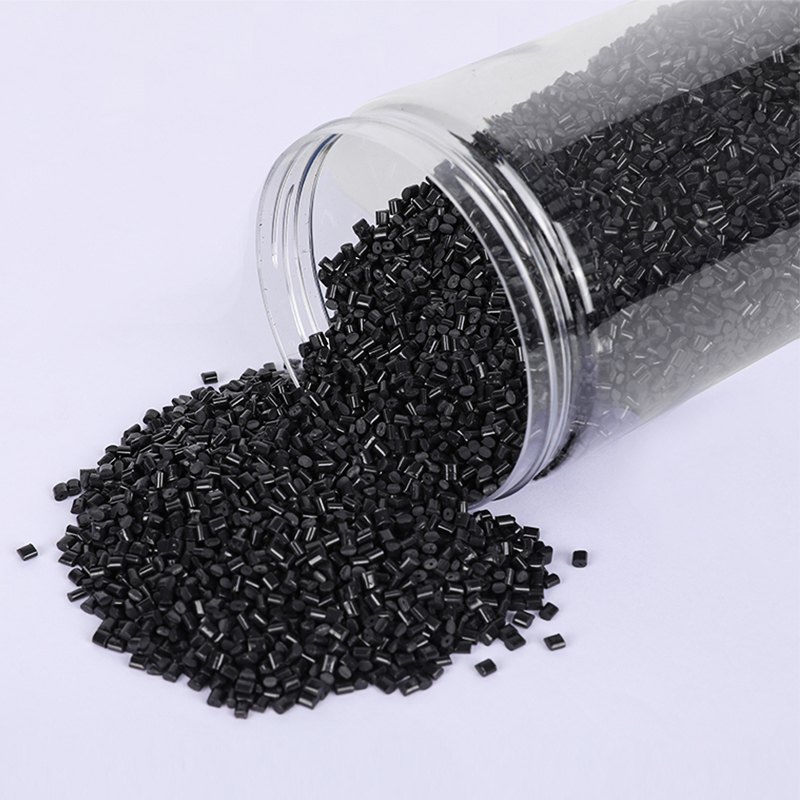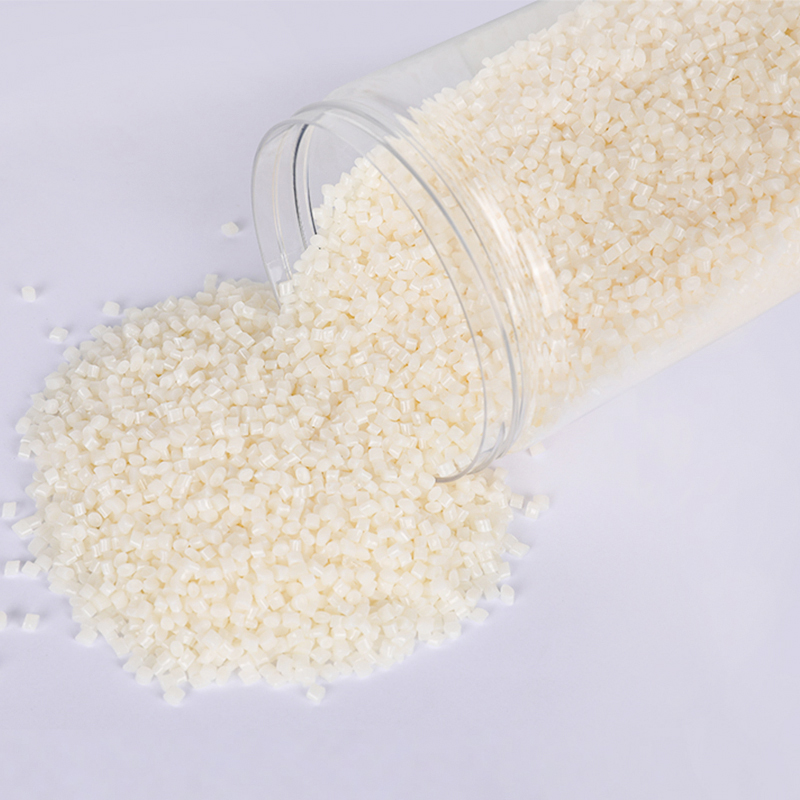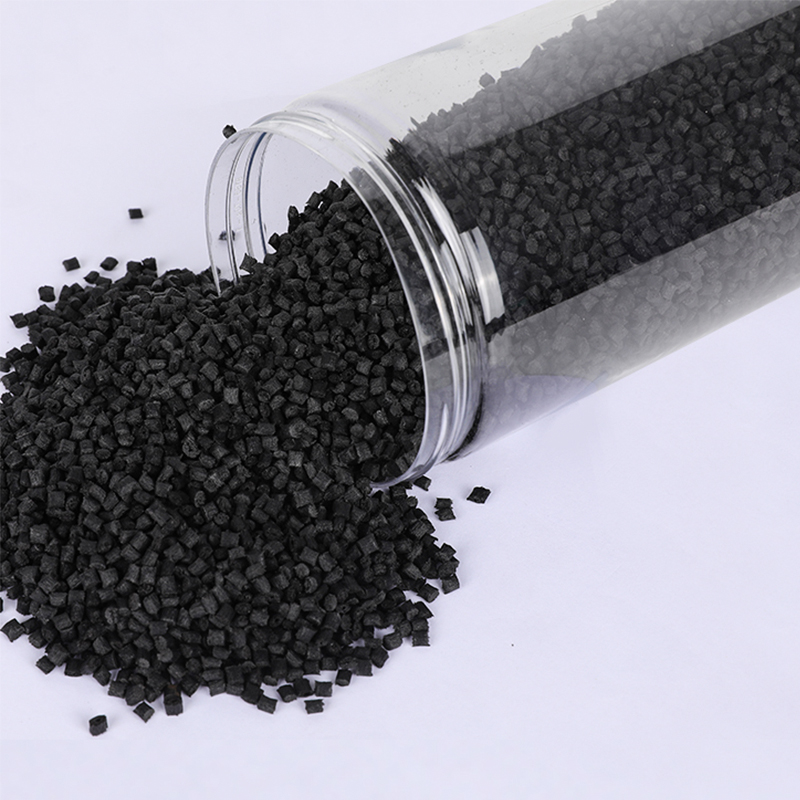Stay up to date with our recent products
Web Menu
Product Search
Exit Menu
How does the molecular structure of LDPE resin contribute to its properties, such as flexibility and toughness?
Branching: The Key to Flexibility
LDPE distinguishes itself from its polymer brethren through its branched molecular structure. Unlike its linear counterparts, LDPE boasts numerous short branches extending from the main polymer chain. This branching disrupts the orderly alignment of chains, imparting a degree of disorder and flexibility to the material. Picture a crowd of people moving freely in different directions – LDPE chains exhibit a similar freedom of movement, facilitating flexibility.
Intermolecular Forces: Bridging Bonds of Cohesion
While LDPE's branches foster flexibility, they also influence the strength of intermolecular interactions. Van der Waals forces, the glue holding polymer chains together, operate within LDPE, albeit with a twist. The presence of branching reduces the density of available bonding sites, weakening the overall cohesion between chains. However, this reduction in intermolecular forces doesn't weaken LDPE; rather, it enhances its flexibility and toughness by allowing chains to slide past one another more easily while maintaining a degree of cohesion.

In the realm of polymers, crystallinity is the domain of stiffness and strength. Yet LDPE treads a different path. Its molecular structure limits the formation of large crystalline regions, favoring amorphous regions instead. This low crystallinity is a boon for flexibility. By resisting the formation of rigid structures, LDPE maintains its pliability and resilience, even under stress.
Chain Entanglement: The Strength in Complexity
The true marvel of LDPE lies in the intricacy of its molecular web. Branches intertwine, forming a labyrinth of entangled polymer chains. These entanglements serve as physical cross-links, fortifying LDPE against deformation and fracture. When subjected to external forces, such as impact or stretching, the entangled chains redistribute stress, dissipating energy and preventing catastrophic failure. LDPE's toughness emerges from this orchestrated chaos, where complexity begets resilience.
The molecular structure of Low-Density Polyethylene resin is a masterpiece of complexity, meticulously crafted to deliver unparalleled flexibility and toughness. Branching promotes freedom of movement, while reduced intermolecular forces foster cohesion without sacrificing pliability. Low crystallinity maintains flexibility, and chain entanglement fortifies the material against adversity. Together, these elements form the backbone of LDPE's exceptional properties, empowering it to thrive in diverse applications ranging from packaging films to medical devices. Understanding the molecular intricacies of LDPE unveils the blueprint for a material that bends but does not break, flexes but does not falter – a testament to the remarkable synergy between structure and function in the world of polymers.
As China PCR Recycled Plastic Granules Factory, We always adhere to the experience and philosophy of "keeping up with the times, constantly innovating, developing efficiently, and cooperating for mutual benefit"

Address: No.11, Wangzhuang Section, Provincial Road 01, Daqiao New Area, Economic Development Zone, Haiyan County, Jiaxing City, Zhejiang Province, China
Phone: +86-18058285678
Fax: +86-0573-86868101
E-mail: [email protected]
SUNRISE GROUP(Overseas Exclusive Agent)
www.sunrisechemical.com
2024 ICIS Global Chemical Distributor Top 8
Export Sales Manager:Helen Zhang
Mob/Whatsapp: +86 19883063465
Email: [email protected]
Copyright © Jiaxing Anyiju Plastic Industry Co., Ltd. All Rights Reserved

 简体中文
简体中文 English
English







